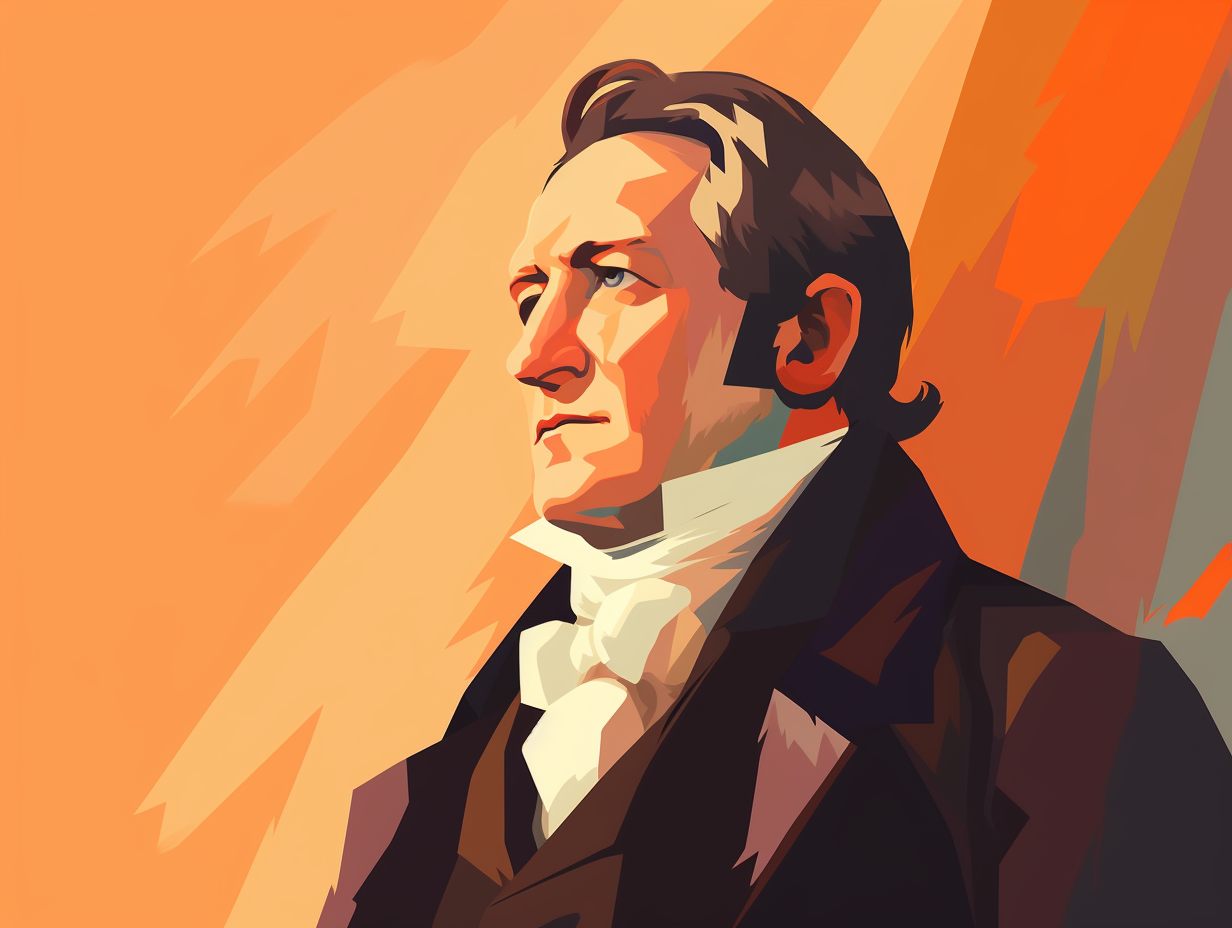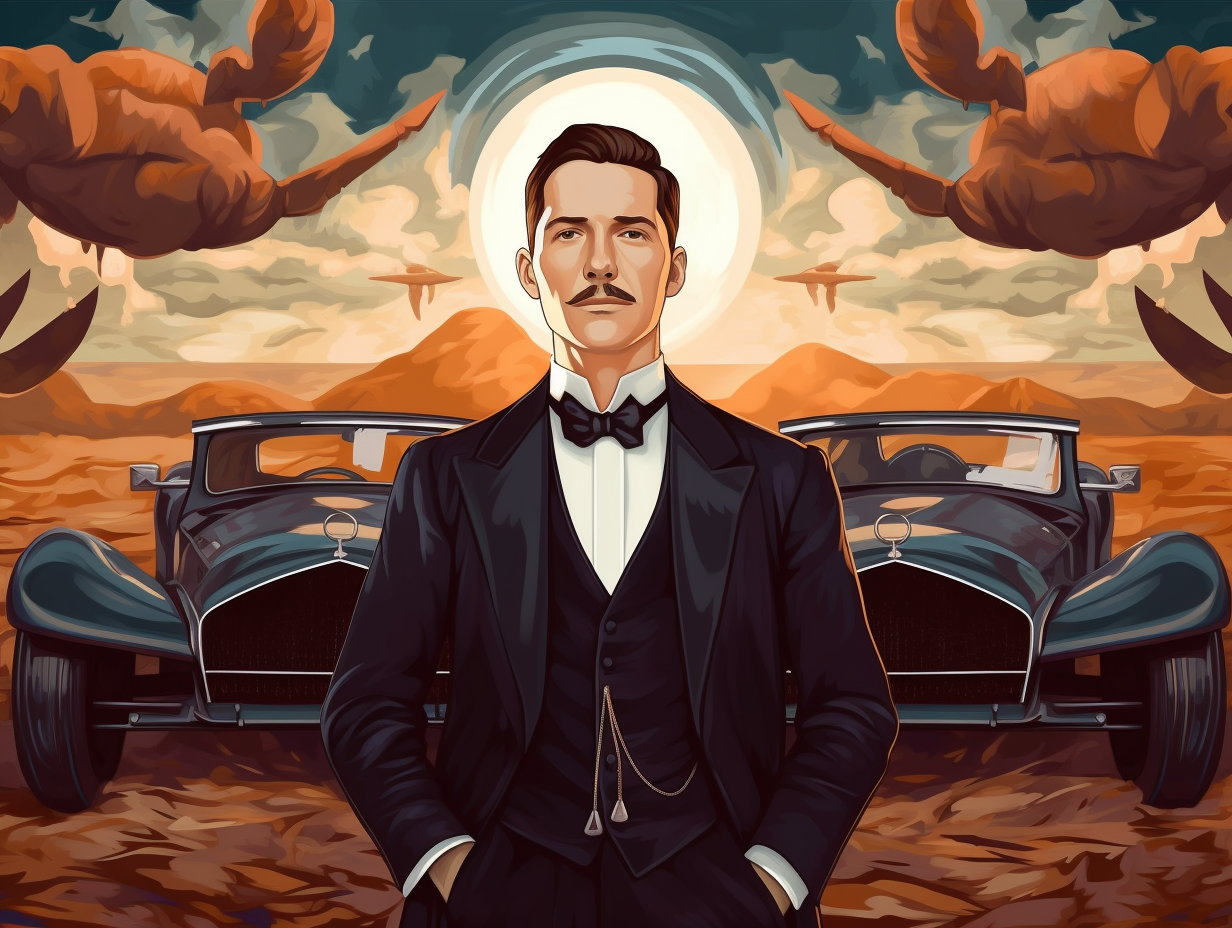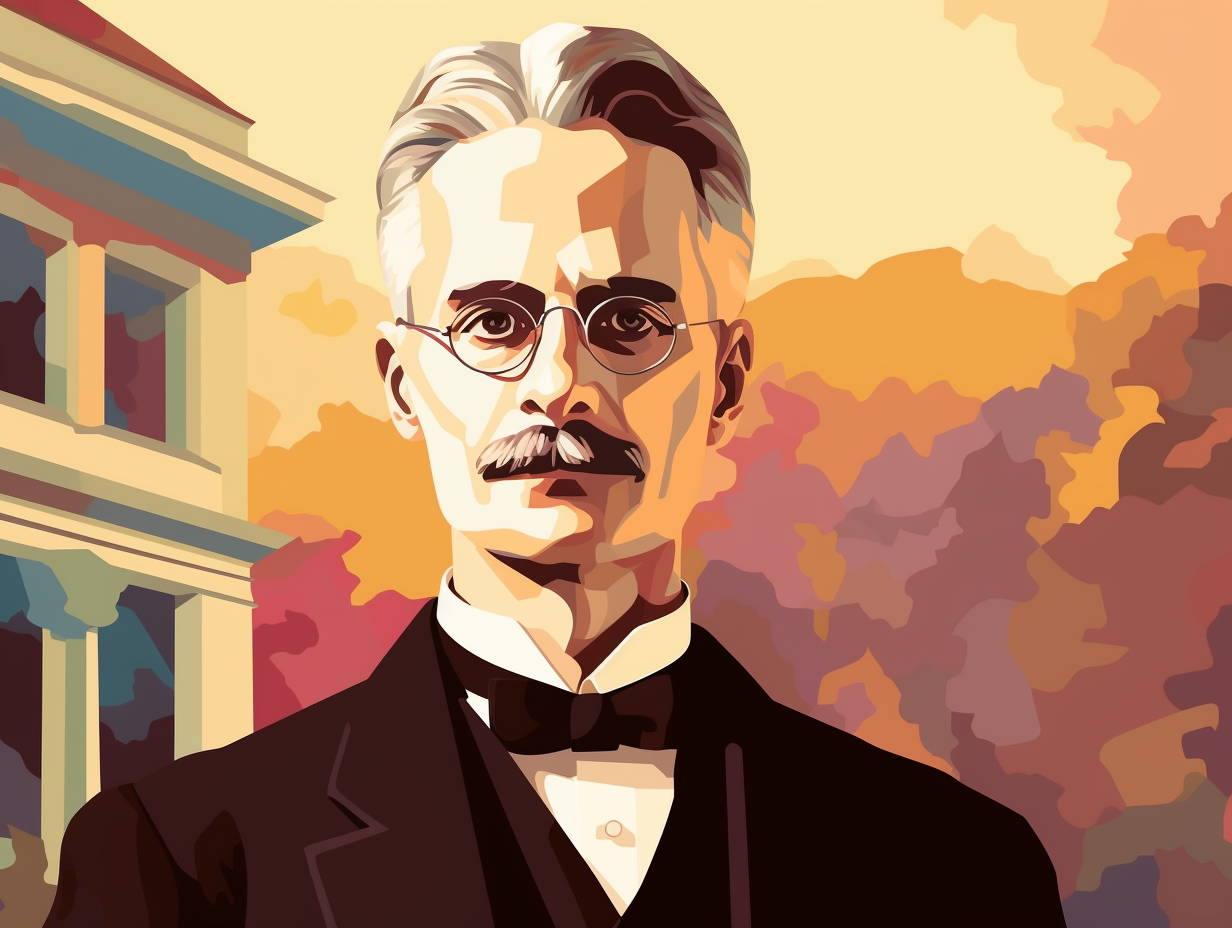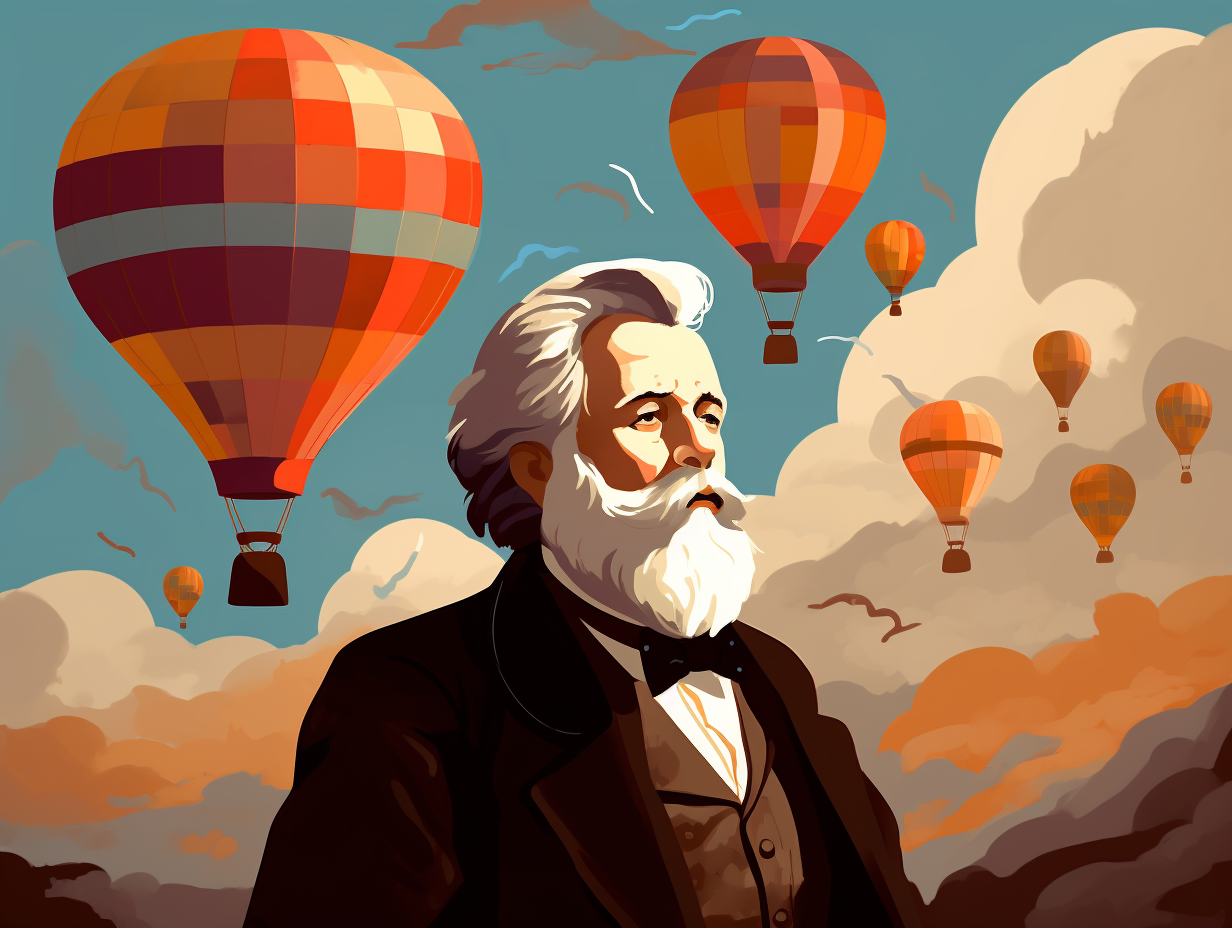9 Fascinating Fun Facts About the Steam Engine: Discover the Power and History Behind This Revolutionary Invention!
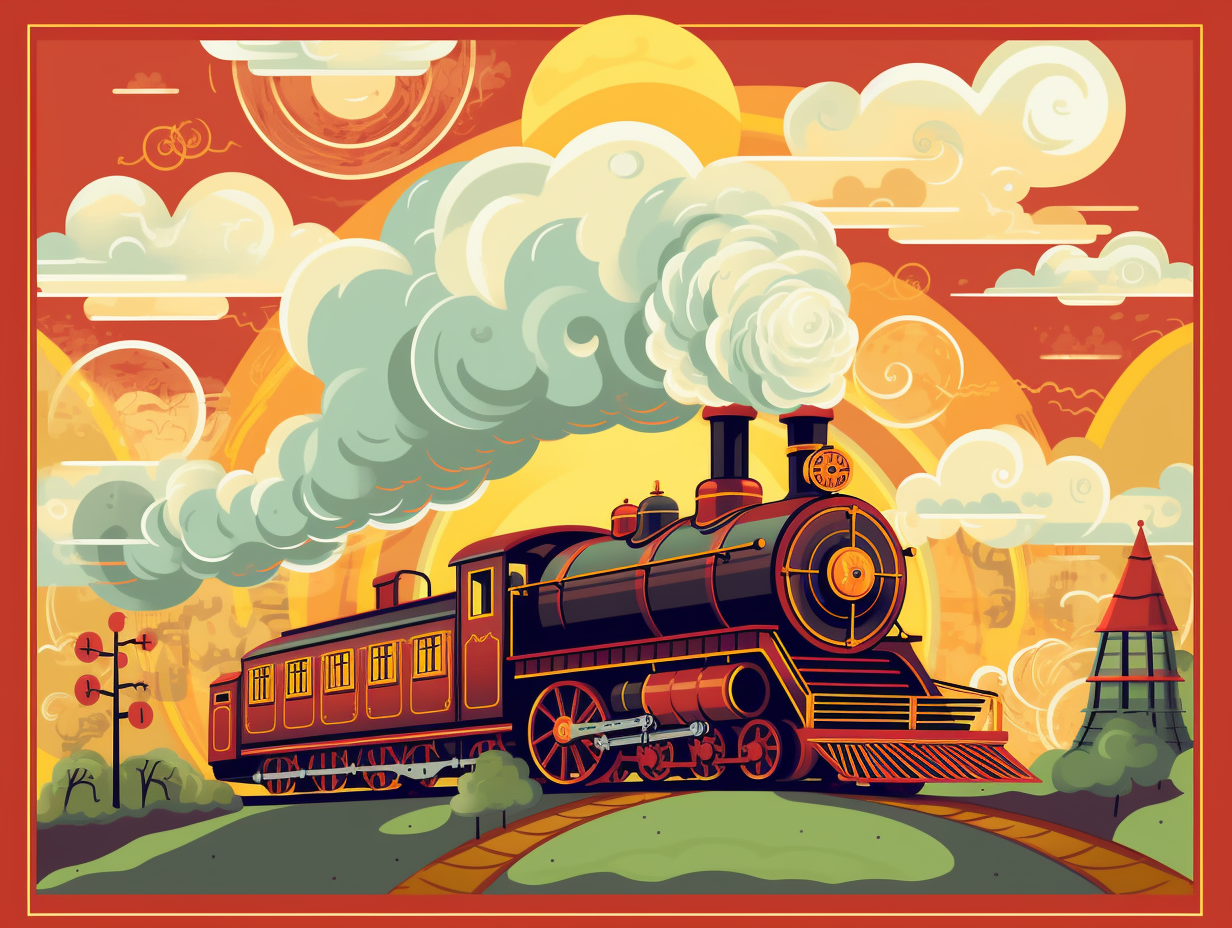
1. Corliss Engine: More Energizing than the Energizer Bunny!
Step aside, Energizer Bunny: the Corliss engine's got nothing on your adorable drumming! Invented in 1849 by George Henry Corliss, this brilliant piece of machinery out-hopped, out-twirled, and out-wowed every other steam engine with its fuel efficiency, low maintenance costs, and high-speed stability: The Corliss engine used uniquely designed valves and valve gears to allow for linear piston motion and an automatic variable cut-off mechanism, making it an industrial game-changer that boosted production rates in textiles, water pumping, and rolling mills alike – and hey, some of these bad boys are still running in happy little distilleries today!
Source => en.wikipedia.org
2. George Stephenson: Inventor of Locomotion No. 1 & Rocket
Before Thomas the Tank Engine's great-grandpappy ruled the tracks and "Locomotion No. 1" and "Rocket" became household names, these legendary steam engines were hiding behind the façade of a modest inventor collecting railway royalties: George Stephenson, the unsuspecting "father of railways." Little did he know that these humble steel beasts would later power their way to fame and fortune: George Stephenson did not actually come up with the iconic names Locomotion No. 1 and Rocket; instead, they were bestowed upon the locomotives by the Stockton and Darlington Railway Company, which ordered them in 1824. Locomotion No. 1 went on to become the first steam engine to haul a passenger train on a public railway, with both locomotives playing a significant role in the evolution of railways throughout the 19th century.
Source => en.wikipedia.org

Did you know that Eli Whitney's cotton gin invention in 1794 not only revolutionized cotton production but also took a dark turn, leading to a massive expansion of slavery in the South? Discover this and more intriguing facts about the cotton gin!
=> Fun Facts about The-Cotton-Gin
3. Charlotte Dundas: Steamboat Superhero
Ahoy, boat enthusiasts! Prepare to have your sails blown away by this ground-breaking nautical tale: The Charlotte Dundas was home to one of the first practical and successful steam engines for boats, heroically towing two 70-ton barges for 30 km across the Forth and Clyde Canal to Glasgow, proving steam power wasn't just a load of hot water.
Source => en.wikipedia.org
4. Steam vs Water Wheel: A Hotter Industrial Date
Why did the steam engine seem like a better date than a water wheel? Because it didn't need to be constantly near water, and it was steamy hot, changing the game for factories: During the Industrial Revolution, steam engines were primarily used for pumping water out of mines and powering factories, greatly increasing production and efficiency in industries such as textiles, paper, and metalworking, while only later conquering the transportation world with steam locomotives and steamships.
Source => en.wikipedia.org
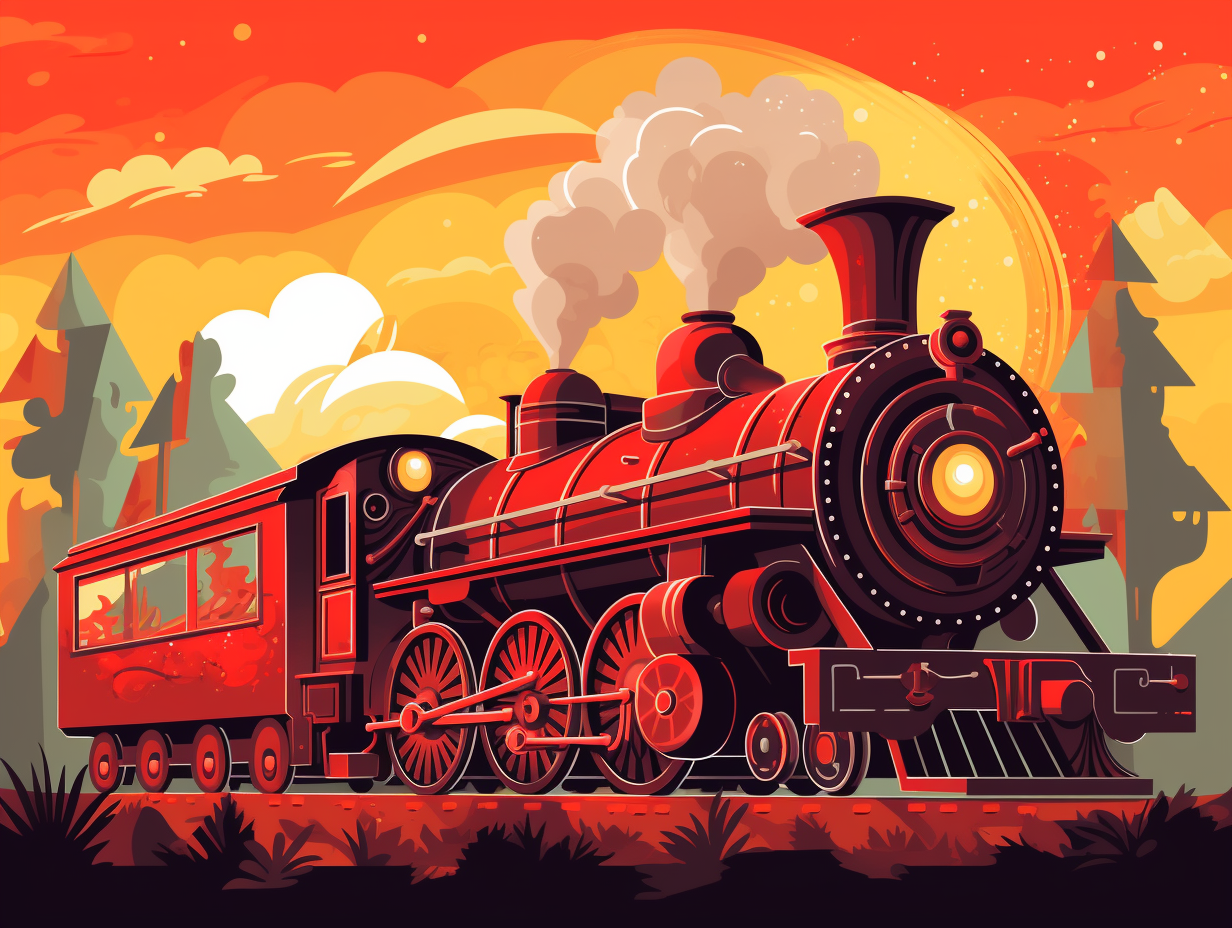
5. Turbo Turbinia: Prankster-powered Ship
In a thrilling tale of dapper innovation and high-seas shenanigans, the great ship Turbinia bedazzled the British fleet in a glorious game of maritime tag, leaving them floundering in its turbo-charged wake: The farcical display was the result of prankster-scientist Charles Algernon Parsons' 1897 invention, the steam turbine engine, which enabled the Turbinia to zip along at a blistering 34½ knots, while the embarrassed Royal Navy could barely muster a tardy 27 knots.
Source => asme.org
6. Thomas Savery: Pumping Up the (Water) Party
Before there were choo-choo trains chugging along the tracks and steamboats cruising downriver, there was humble Thomas Savery, just trying to pump up the party - or rather, the water, in 1698: The first commercially utilized steam-powered device was Savery's steam pump, which faced some steamy challenges such as handling high-pressure steam and pumping from deep mines, yet it greatly impacted mine drainage and public water supply systems and even got a 21-year encore with the Fire Engine Act.
Source => en.wikipedia.org
7. Buster Keaton's Expensive Silent Tale: The General
Who says silents are golden? Buster Keaton's "The General" splurged a fortune only to receive a muted reception at the box office: Of the most expensive silent films ever made, "The General" had a budget of $750,000 and initially flopped with audiences, but went on to find its voice as one of the greatest American films. In 1989, it was deemed "culturally, historically, or aesthetically significant" and was thus selected by the Library of Congress for preservation in the United States National Film Registry.
Source => en.wikipedia.org
8. Paddlewheeling with Mark Twain & Clermont
When Mark Twain told Huckleberry Finn to "hop aboard" the riverboat, little did he know the role of steam engines in changing the face of American waterways, one paddle at a time: Robert Fulton's Clermont was the first successful paddle-wheeled steamboat, revolutionizing river travel by allowing faster and more efficient two-way traffic, ultimately giving birth to hundreds of steamboats plying the Mississippi and other major rivers, with canals like New York's Erie Canal expanding transportation options even further.
Source => nationalgeographic.org
9. Conductor Watches: Sherlock Holmes of the Rails
Move over, Sherlock Holmes! The greatest detectives of the 19th century were actually railroad conductors, time masters, and discreet fashionistas – sporting standard-issue conductor watches that held the key to all things timely and locomotive: In reality, precise and reliable pocket watches, inspected regularly by certified watchmakers, played a more crucial role in keeping trains on schedule than printed timetables—thus ensuring both safety and efficiency across train movements in the ever-punctual realm of steam engine history.
Source => railswest.com
Related Fun Facts

